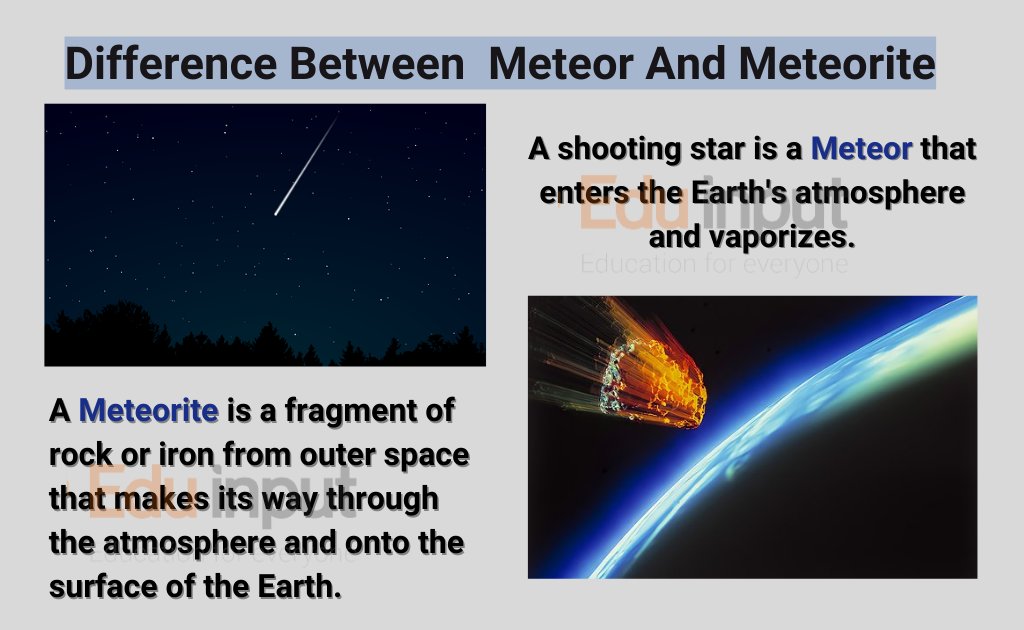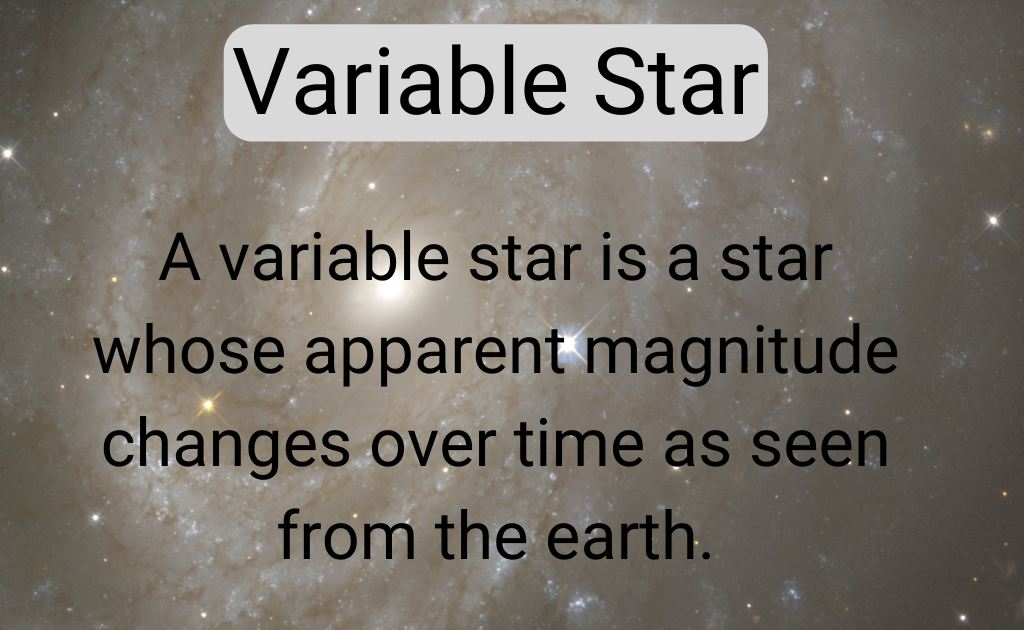Black Hole-Definition, Formation, Structure, And Types
The black hole is the strangest object in the universe. You can find them in various sizes and forms. It is believed that a black hole may form when a star explodes. A black hole is formed when a star has exhausted all its energy.
What is a Black hole?
A black hole is a region of space where the gravitational field exceeds that of the electric force of the universe; all objects in this region, and all forces, are pulled inwards. This is known as the strong coupling effect because it interacts with matter at the scale of atomic nuclei.

As mentioned above, a black hole acts like an ideal black body, it reflects no light and emits the same spectrum as a black body with a temperature inversely proportional to the mass of the black hole.
The temperature of a stellar black hole is at the order of a billionth of a Kelvin, making it very hard to observe directly.
Formation of Black Hole
Some of the biggest stars in the universe are collections of massive hydrogen atoms. Core-collapse supernovas release a tremendous amount of energy.
The energy emitted by a supernova has a liberated, or push, on gravity. It pushes on the atoms in space and holds them together.
A star is stable as long as there is fusion in the core. Stars, many times more massive than the Sun, generate enough heat and pressure to allow them to fuse together elements heavier than hydrogen and helium.
The center of the core begins to heat up as iron atoms are building up and breaking down. This causes a core collapse and implosion, which means the innermost core becomes imploded, then collapsed.
As it moves at about a quarter of the speed of light, it feeds even more mass into the core.
It is when all the heavier elements in the Universe are formed that stars and planets, the origin of life and the solar system, begin to form.
Supernovas explode, sending out shockwaves that cause surrounding stars to speed up. When the star is massive enough, it becomes a black hole.
A supermassive black hole will consume a star in its orbit until it becomes too massive to be held by gravity. The star collapses, and the resulting neutron star may merge with another black hole.
Scientists have found evidence that there is a common connection between most galaxies and supermassive black holes, which are located at the center of galaxies.
Structure of a black hole
The structure of a black hole can be calculated from Albert Einstein’s general theory of relativity.
A singularity is the center of a black hole. It’s the point at which an object can no longer escape the pull of gravity. It’s the same as the center of a black hole, but more dangerous, because the gravitational field is stronger there.
Inside the event horizon, the escape velocity exceeds the speed of light. So even if light could travel faster than the speed of light, it would never make it inside the event horizon.
The radius of the event horizon is called the Schwarzschild radius, and it’s named after the German astronomer, Karl Schwarzschild, who predicted the existence of collapsed stellar bodies that emit no radiation.
Schwarzschild’s radius is proportional to the mass of the collapsing star. A black hole with a mass 10 times as great as that of the sun would have a radius of about 30 km (18.6 miles).
Types of Black Holes
There are four types of black holes:
- Stellar
- Intermediate
- Supermassive
- Miniature
Stellar
It is a black hole formed by the gravitational collapse of a star. Their masses range from about 5 to several tens of solar masses.
Intermediate
Intermediate-mass black holes are a class of black holes with masses ranging from about ten times to a hundred times that of a stellar black hole. They’re much smaller and less massive than supermassive black holes.
supermassive black holes
Supermassive black holes are black holes, with their masses on the order of millions to billions of times that of the sun.
Astronomical black holes are very interesting objects. They’ve undergone gravitational collapse, leaving behind spheroidal regions of space from which nothing escapes, not even light.
Miniature
Micro black holes are hypothetical tiny black holes, where quantum mechanics plays an important role.






Leave a Reply